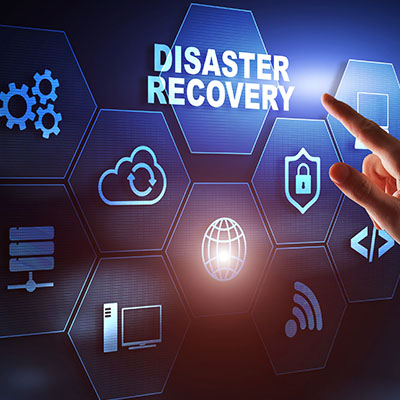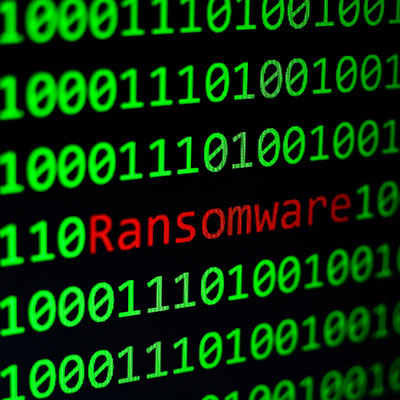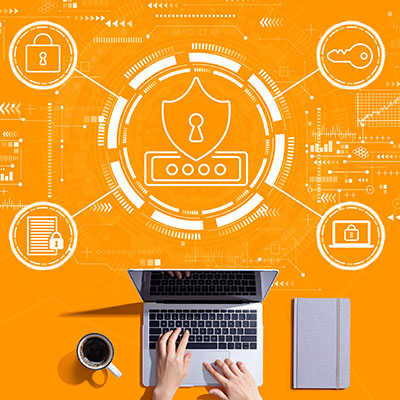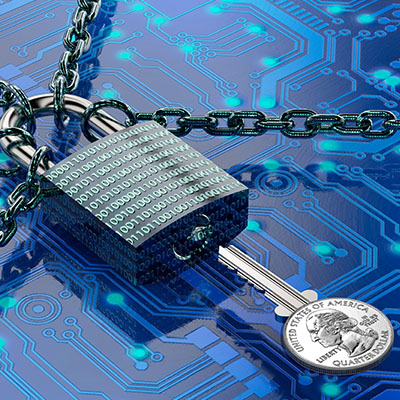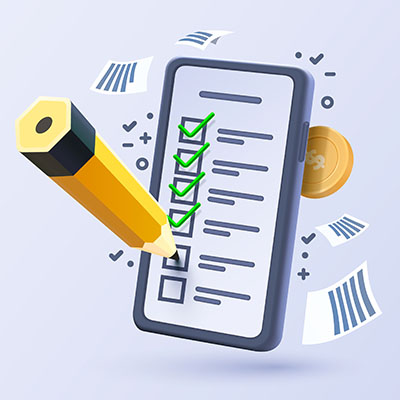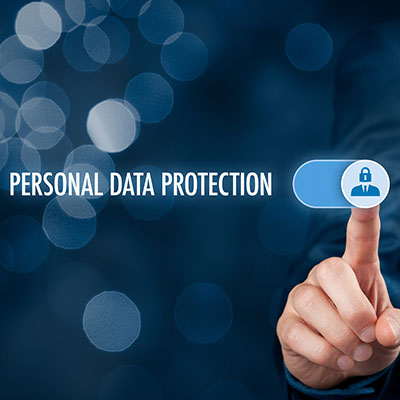The one thing about data backup is that it seems like it is pretty simple: You have data, you copy it and store it should something happen to your original. Sure, that’s the basic makeup of a data backup, but if you want a backup you can really rely on, you need it to be faultless. Enter Backup and Disaster Recovery.
Ransomware is perhaps the nastiest threat you can encounter, and the unprepared business could potentially be crippled beyond repair if it suffers from an attack like this. We’re here to demystify the inner machinations of a ransomware attack so you know better how to respond to it.
We’ve all felt the momentary panic when we reach for our pocket to pull out our smartphone, only to realize that it’s not there. This panic is indicative of a deeper issue with how our society has become reliant on technology, so much so that we have miniature computers in our pockets at all times. Are you using your smartphone as a distraction tool or as a productivity tool? That’s what we’re trying to answer with today’s blog.
When you have a lot of tasks to get done, you might find yourself stressing out about the sequencing or ruminating on your circumstances. How did you let it get so bad? Why does this always happen to you? If this sounds like an everyday occurrence for your organization or your employees, we want to share three ways you can help to make things easier to manage, even when it feels like there is just too much to handle.
Many web browsers, like Google Chrome, have features that allow for convenient password-keeping, but at the cost of considerable cybersecurity risks. We recommend that all businesses utilize a password management tool, but preferably not one that is built into a web browser. Why? We’re glad you asked!
Last week, we aimed our laser focus on productivity and how it can be defined for your organization. Now, we would like to examine how you can measure productivity for your business. Let’s discuss how you can track your productivity.
Ransomware takes up a significant amount of our blog, and for good reason. It’s an incredibly scary threat to find yourself on the receiving end of, and modern businesses are, to be quite frank, often unprepared to handle it. We wanted to take today as an opportunity to discuss the negative effects you can expect from a ransomware attack—effects that will make you think twice about the current level of security on your infrastructure.
With margins getting thinner for everyone, a lot of businesses have begun to outsource their human resources initiatives or cut them entirely. Unfortunately, for the business that has to slash their HR budget, situations can arise where issues turn into problems and if there is no one actively doing the HR job.
Productivity will always be the primary goal for businesses, right alongside profits, although one thing does in fact lead to another in this case. To ensure your company runs efficiently, you need to understand just how productivity works and its relationship with what you put into your business. We’ll be using the next couple of weeks to take a closer look at the relationship between your business and its productivity. First, let’s look at what productivity is, in its simplest and purest form.
Businesses tend to collect and capture consumer data in an effort to provide a better experience or find new customers. Many of these businesses will package this information together and sell it to marketing companies. Consumers often don’t know how to opt out of this kind of activity and, thus, wind up oversharing information. This week, we want to highlight these issues and address how you can keep your personal data from being collected without your consent.

